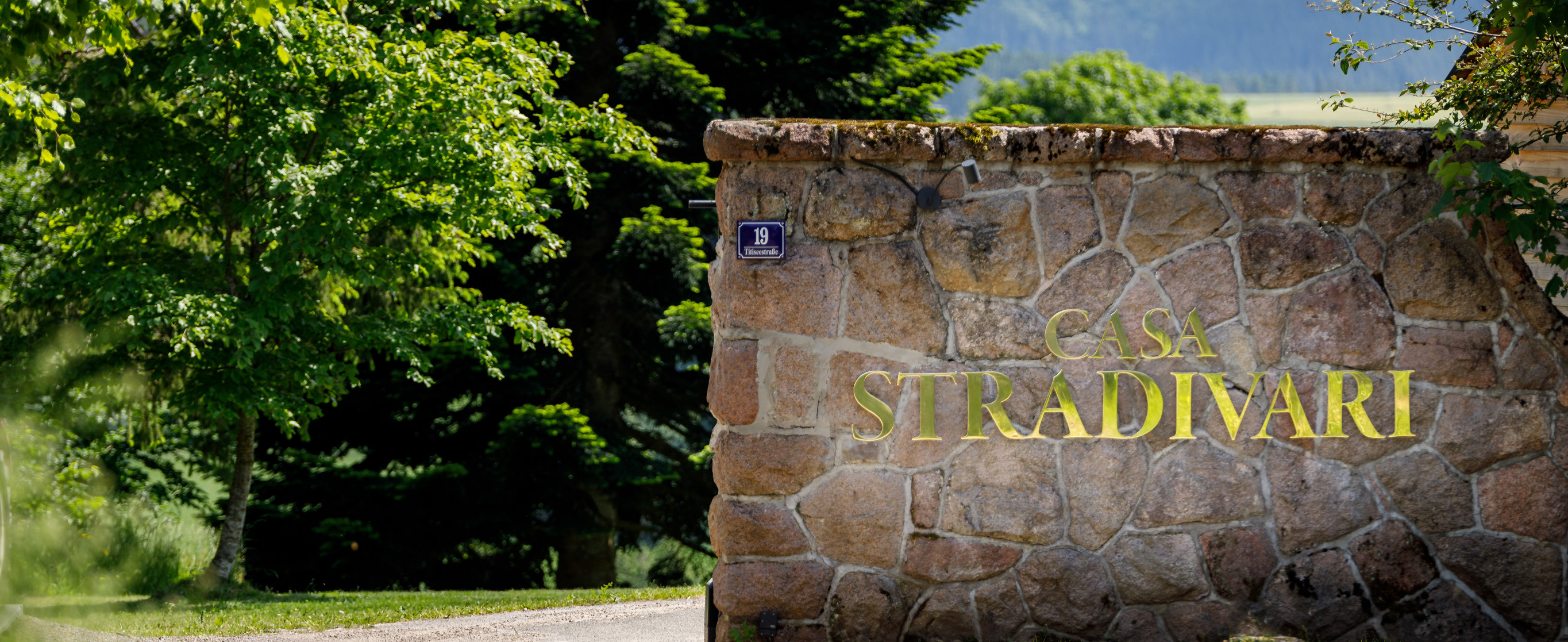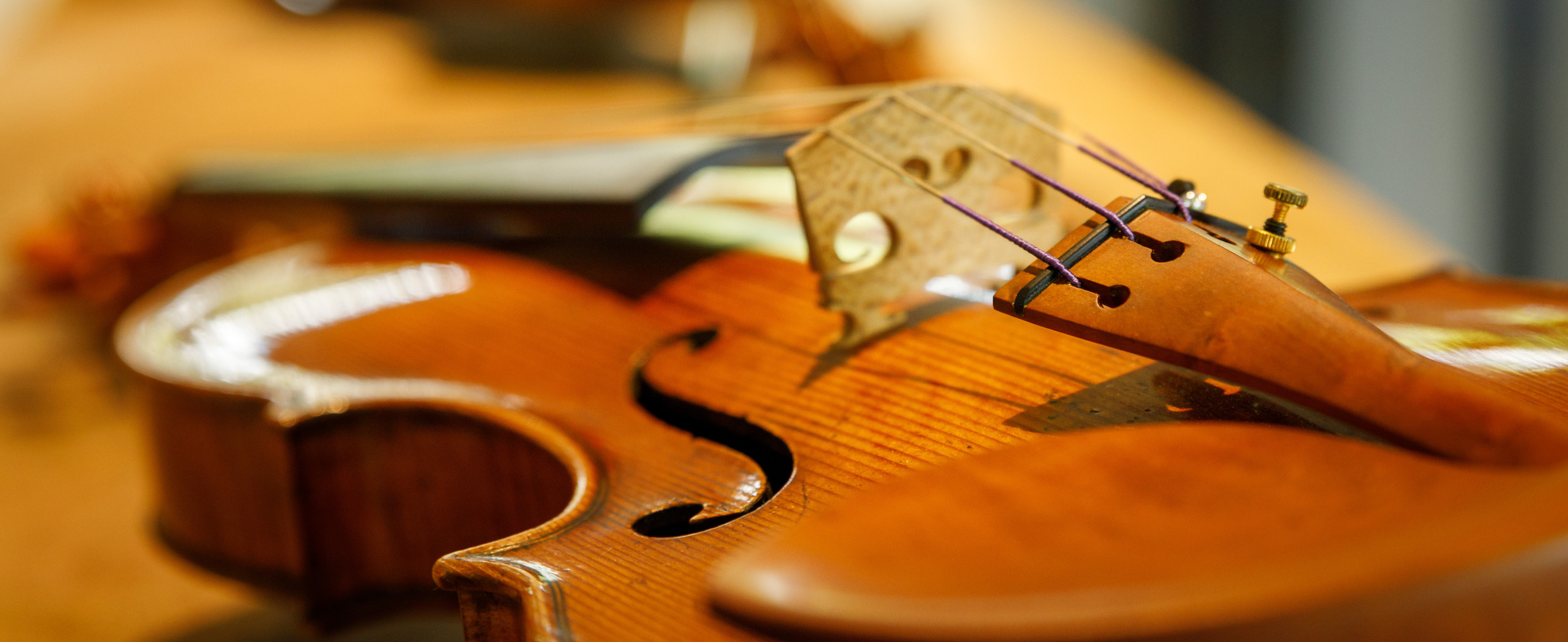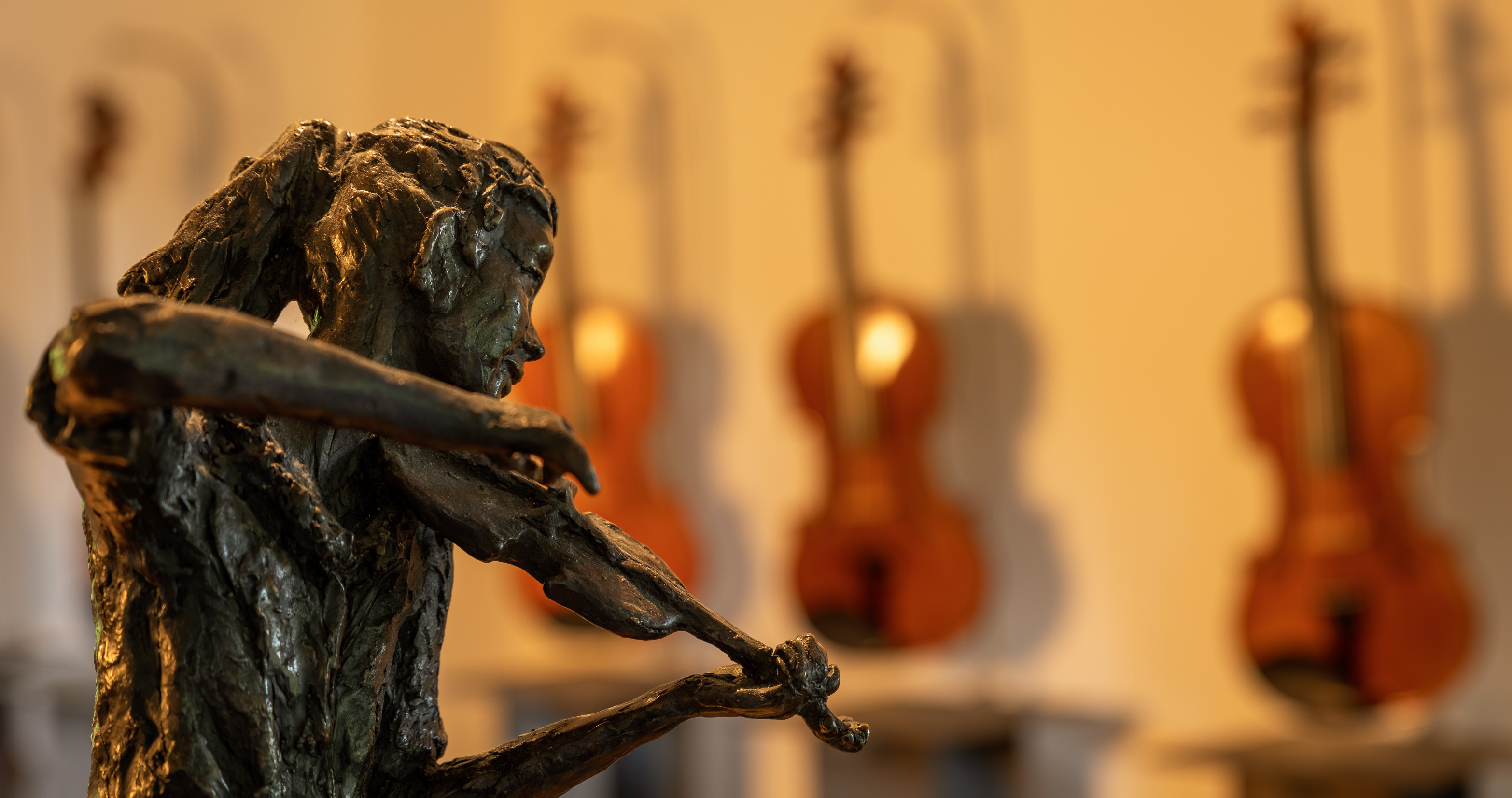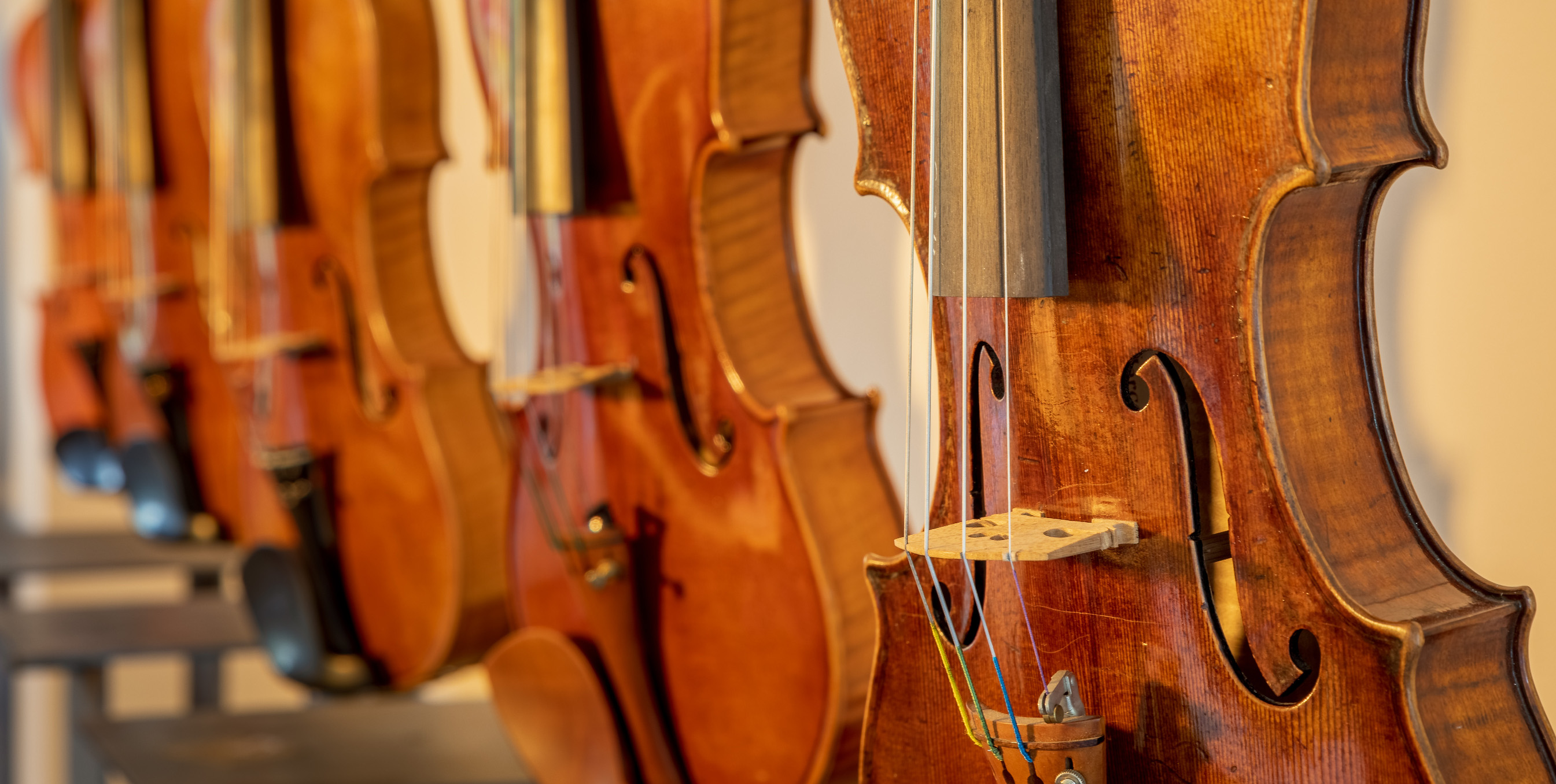Antonio Stradivari 1683 VL Amatisé, de Ahna
In the year 1680, Stradivari left the house called ‘Pescaroli’, which he had inhabited since 1667 with his wife, Francesca Ferraboschi, and purchased a house at No. 1, Piazza San Domenico (now known as No. 1, Piazza Roma). With this gesture, he manifested a need for autonomy that was becoming increasingly evident in those years and there is little doubt that establishing his own estate surely contributed to the development of his personal style as a luthier. Horace Petherick analysed the differences between Amati’s and Stradivari’s designs in those years, and it is interesting to see how the minute changes in the latter’s style were already visible in his violin ‘de Ahna’: ‘It will be seen that the upper and lower thirds of the design have much in common with each other, and that the middle or waist partakes also of the same characteristics, the whole being a series of full rounded curves, varied as required, to harmonise and flow with ease and grace to squared corners. The slightest possible narrowing or decrease in the size of the upper of the waist curve and a corresponding enlargement of the lower part, served in the hands of Stradivari to impart a different aspect to the whole pattern. The waist, now less pinched in at the middle, looked longer without being really so. The parts above the upper corners and those below the lower ones were modified, the large curves becoming a little flatter just before blending with the smaller ones. From these alterations, each one trifling in itself, there resulted what may be called the first or earliest Stradivari pattern; in it were the gems of all the succeeding ones that contributed more and more to the fame of their designer as they appeared.’
Weitere Informationen
Ausführliche Informationen zu diesem Instrument finden Sie in unserer Enzyklopädie Antonio Stradivari Set 1, Band 1, Seite 128










